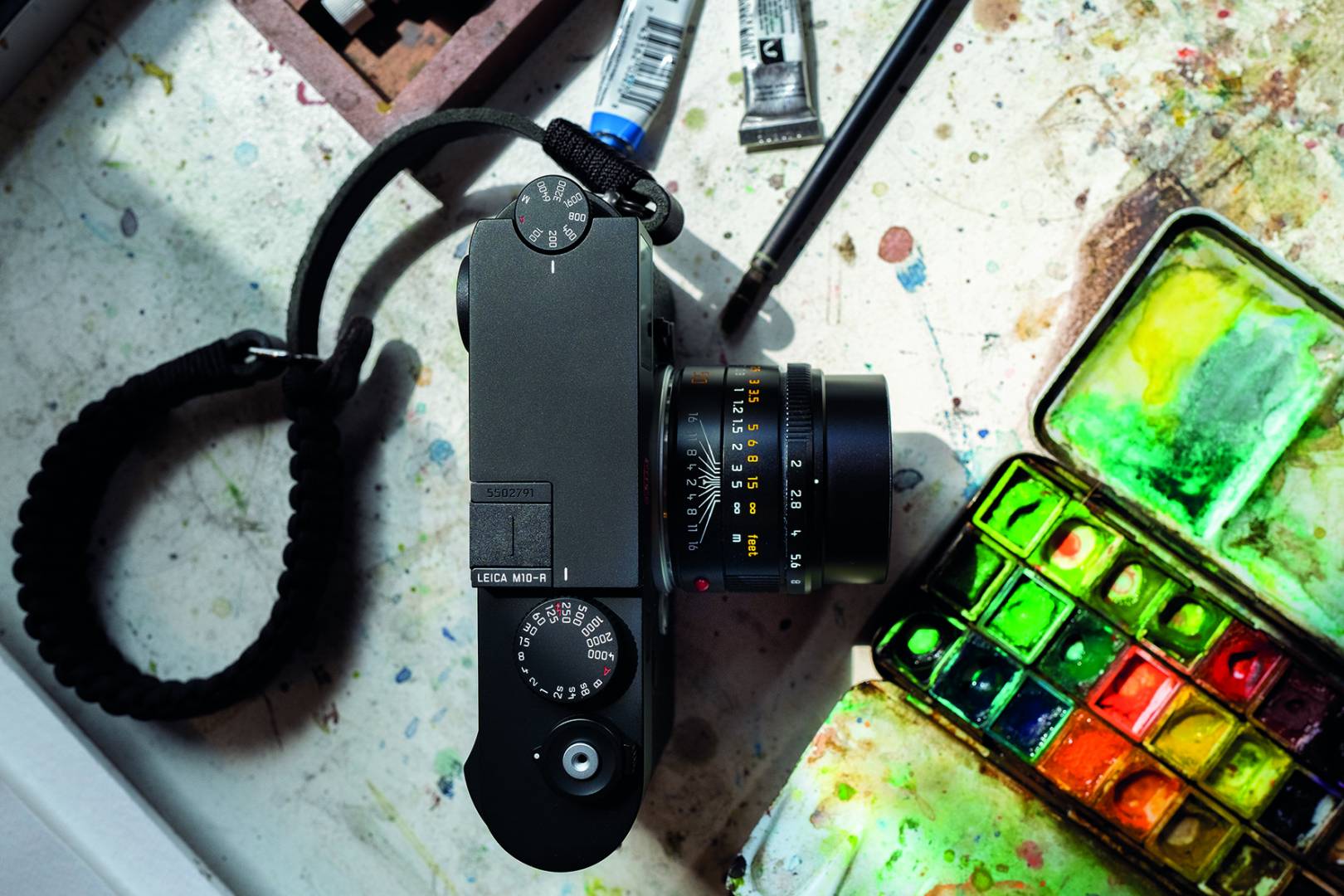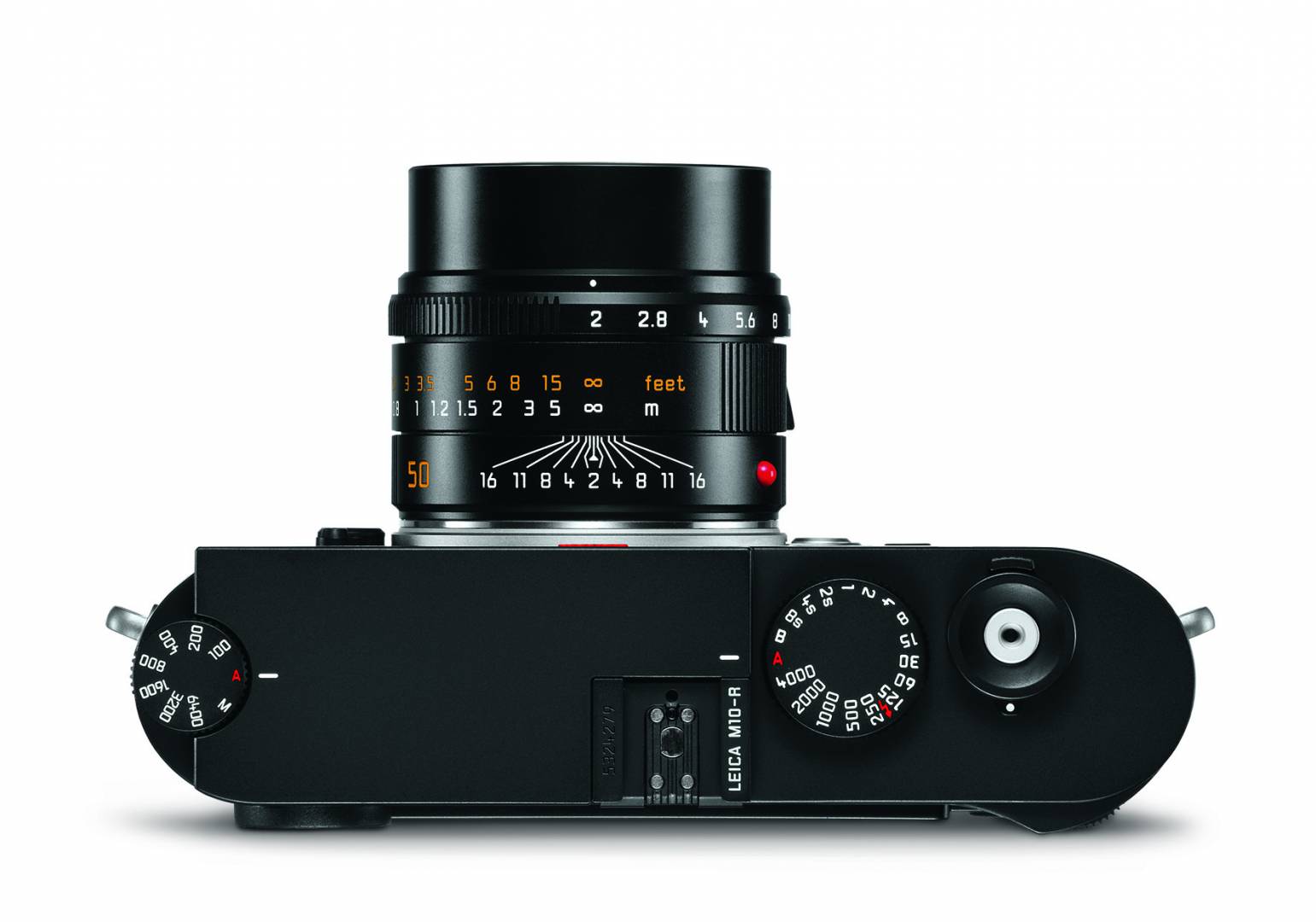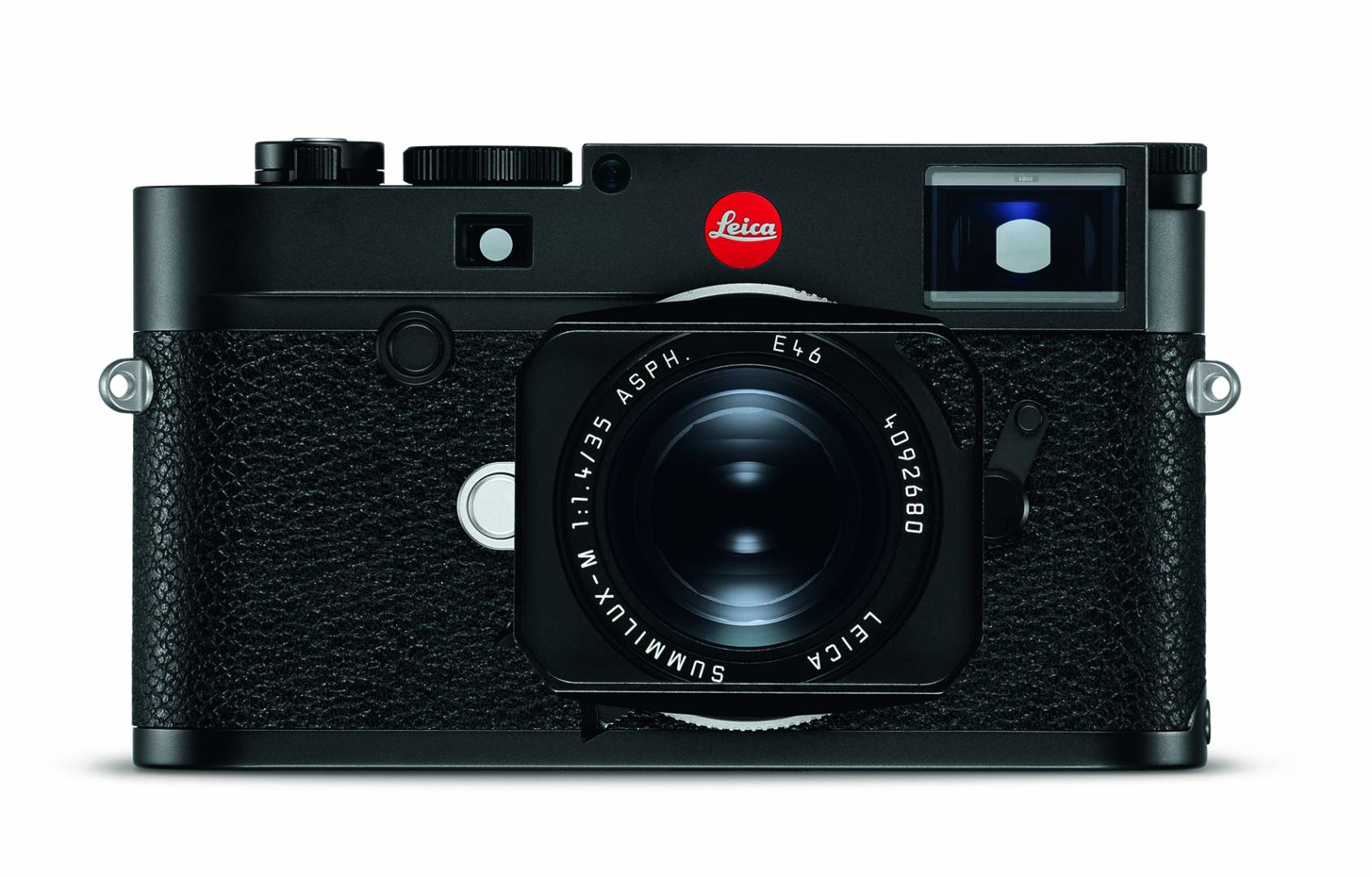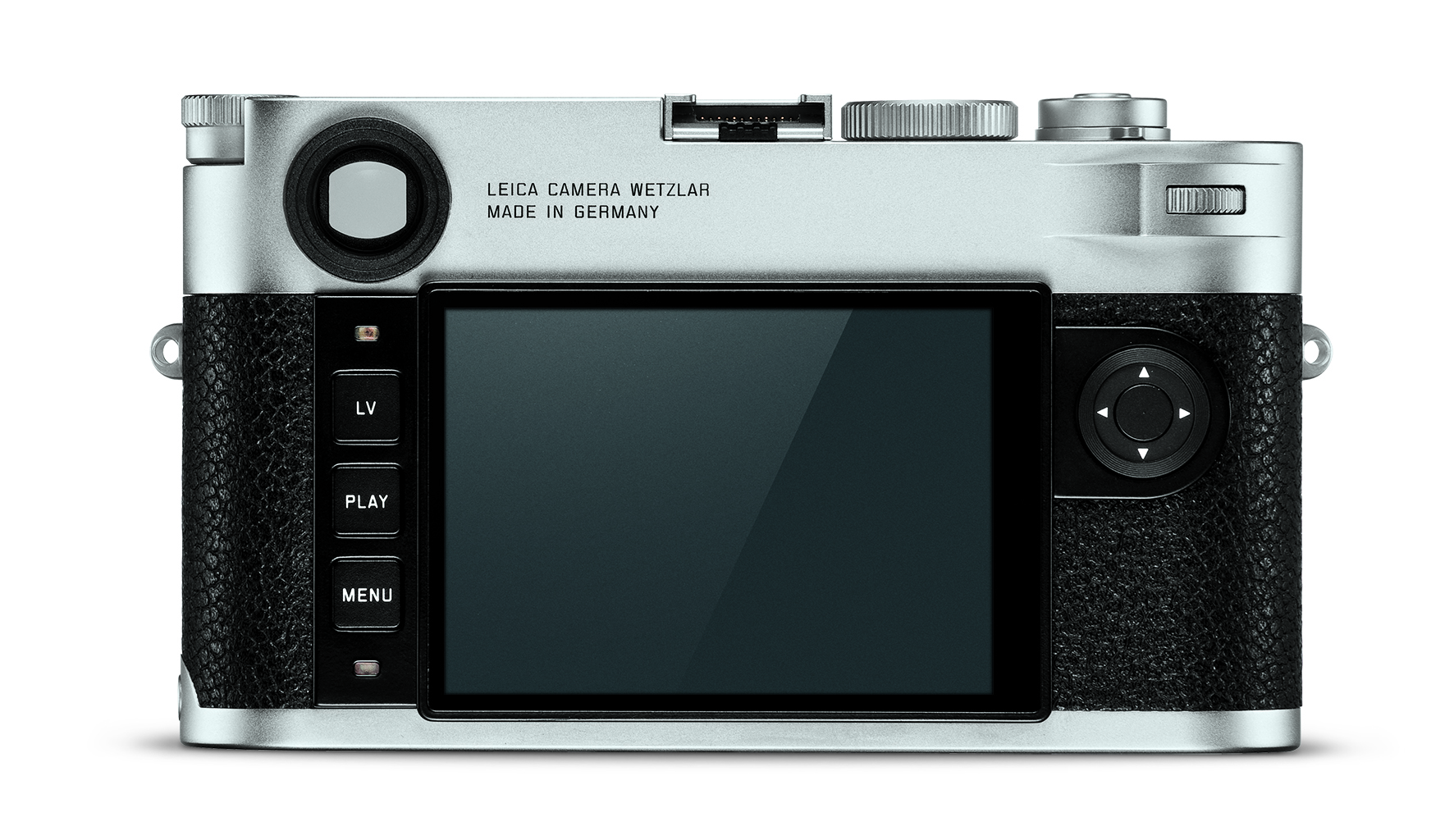Today, the three-year-old M10 morphed into a new higher-resolution camera with a 40-megapixel sensor similar in design to that of the latest Monochrom. Just add a colour array and stir. Not much else has changed, but the new sensor does offer significant improvements in dynamic range and low-light capability. In conjunction with later aspherical and apochromatic Leica M lenses, the increased resolution improves sharpness and enhances opportunities for cropping.
At this morning’s Zoom press conference, Leica’s Robin Sinha emphasised that the sensor had been designed especially for the compact dimensions of the rangefinder. Apart from other considerations, the 47.3MP unit used in the Q2 and SL2 could have been too bulky. The architecture of the 40.89MP device, which Leica refers to as 40MP, is specifically tuned to the requirements of the vast range of M lenses.

The Maestro II processor is the same as that employed in the 24MP M10 cameras. The buffer size remains at 2GB which is a limit of the processor, I understand. This means that the larger file size reduces series storage from 16 to 10 frames, although this is not likely to be a problem for most users.
While the 100-50,000 ISO range is also identical to that of the M10 and M10-P, the higher resolution of the sensor results in a reduction of banding and noise at high sensitivities.
Impressively, considering the greater resolution, the dynamic range has been extended to 13.5 stops from the M10’s 13. Maximum exposure time has been increased to 16 minutes and this, together with the improved sensitivity, enables extraordinary night-time and low-light shots.
The mechanical shutter is identical to that used in the M10-P and M10-M, offering near-silent operation as a result of enhanced damping. The minimal vibration reduces the risk of camera shake, especially important since no M camera incorporates in-body stabilisation.
The M10-R comes in black or silver and will sell for £7,100 in the UK. That price includes 20% local tax, by the way. The camera is £150 cheaper than the M10 Monochrom and just £610 more expensive than the current price of the M10-P. The base M10 currently retails for around £5,700.
Press Release
Free for release: 2pm, 16 July 2020
The Leica M10-R: Leica Camera presents its legendary rangefinder camera upgraded to 40-megapixels

Wetzlar, 16 July 2020. Leica Camera is delighted to introduce a new addition to its legendary M10 family, the Leica M10-R. Since the release of the Leica M3 at Photokina in 1954, every single M-System camera has represented the pinnacle of innovation for its day – and the M10-R is no exception. The camera’s newly developed sensor offers an impressive resolution of over 40 megapixels, a considerable increase on the classic M10. As a result, the new Leica M10-R captures flawless images with significantly sharper detail, reduced image noise and a wider dynamic range. The M10-R completes the Leica M10 family, which includes the M10, M10-P, M10-D and M10 Monochrom.
As with all Leica rangefinder cameras, the M10-R is made in Germany by our highly qualified specialists at the Leica factory in Wetzlar. Renowned for their passion for quality, precision and perfection, this ensures that the large number of mechanical components, such as the complex rangefinder, perform with the utmost precision whilst remaining robust enough for all types of adventures.

The new sensor of the M10-R opens up a host of possibilities that were previously impossible with the M10 range. Along with the clear visibility of the finest details, the sensor provides extensive performance reserves for both cropping and larger formats – for example, architectural and landscape photography are particularly well-suited for the M10-R. In addition, the contrast-rich rendition of subtle structures leads to an even lower risk of moiré patterns. The M10-R’s base sensitivity of ISO 100 and goes up to ISO 50000, and the maximum exposure time has been increased to 16 minutes, enabling extraordinary night-time and low-light shots. The camera is equipped with the same shutter as the Leica M10-P, which is exceptionally quiet and operates with minimal vibration to reduce the risk of camera shake.
The full potential of the Leica M10-R is reached when paired with Leica M lenses – particularly in combination with the newest generation, such as the APO-Summicron-M 50 f/2 ASPH., this combination delivers photographs of truly exceptional quality. At the same time, the camera emphasises the distinctive characteristics of older M lenses cherished by photography enthusiasts all over the world.
The Leica M10-R will be available online and in-store on 20 July 2020 for £7,100 (incl. VAT)



De megapixelibus non curo. Hope the hamper was good.
William
A nice option for advanced photographers. It will test their shooting skills; holding the camera still, increasing shutter speed to ensure sharpness, focus errors will be more obvious, computer processing and memory resources, video card.
I am sure Leica will keep offering a 24MP option due to the above points. I think 24MP area is optimal for general usage. My Leica M9 is safe but it might like a big brother some day. I remember having to sharpen my shooting technique with my Hasselblad X1D and having to replace my video card so do not go for 41MP unless you have a reason to do so.
I wouldn’t be so sure, Brian. I would not be at all surprised if the basic M10 falls off the perch soon. And I’ve heard rumours from Germany that the M10-D isn’t long for this world. Apparently there is little demand for it and some dealers have even refused to stock it. That leaves the M10-P and it might struggle on as the last standard-bearer for 24MP. However, Leica has a history of moving on. I thought they would have continued the SL and Q because many people are happy with 24MP, but apparently there isn’t the flexibility in production and they need to concentrate on major product lines. It will be interesting to see what happens now.